In today’s world, it’s quite challenging for anyone trying to make money from photography. Everybody is a photographer these days thanks to smartphones, and the tsunami of images posted online has diminished the perceived value of the photographic image. So should we all give up trying to make money and just regard photography as a hobby or only as a pursuit for the independently wealthy? Certainly not. There are still plenty of thriving photographic businesses out there. Just like all those predictions that the internet would wipe out books or magazines turned out to be exaggerations, so are the bleak prophecies that smartphones will kill off the photography market. Here, we’re going look at some of the ways in which you can monetise your hard-earned photographic skills, with plenty of case studies and practical tips along the way. As always, we’d love to hear your success stories.
________________________________________________________________________________________________________
Weddings
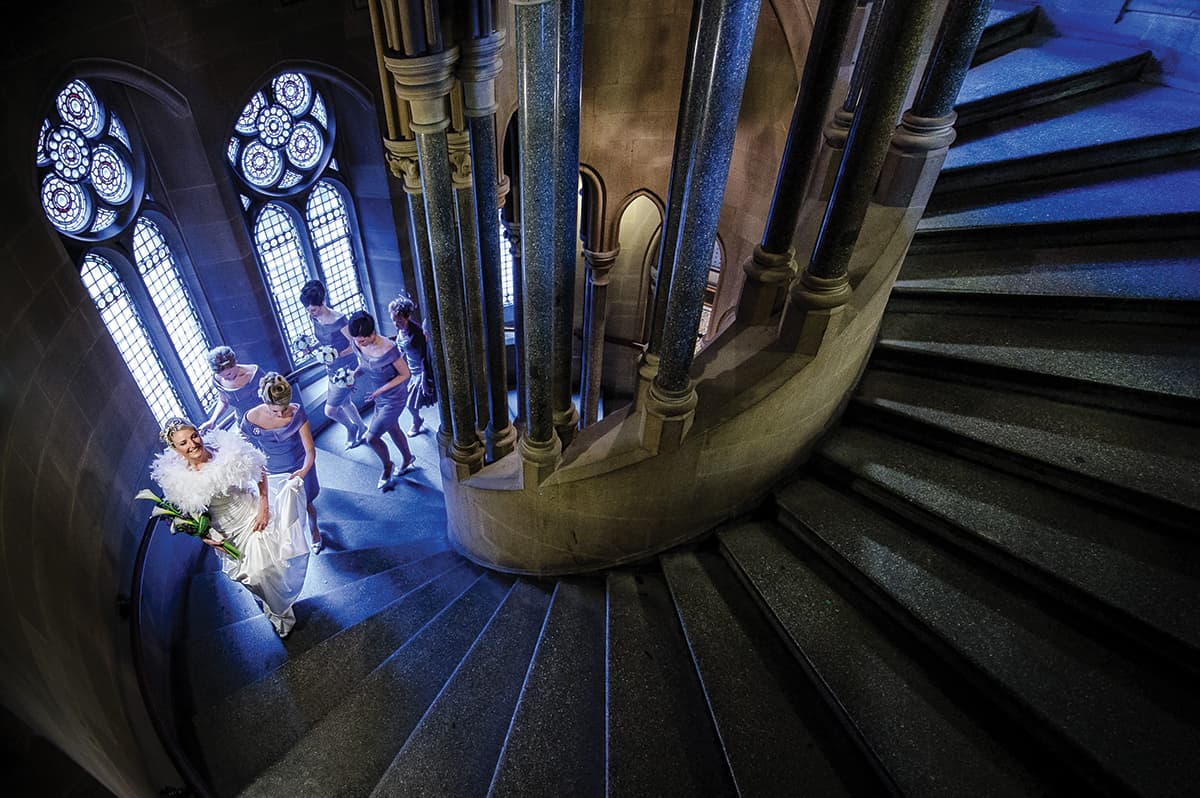
You don’t get a second chance once a wedding starts, so be 100% confident with focusing and exposure
Shooting a wedding is still one of the most popular ways of earning cash with your camera. The Society of Wedding and Portrait Photographers (SWPP) now has over 6,000 members. So what do readers moving into this potentially lucrative area need to think about?
Rob Sanderson is an award-winning, Liverpool-based photographer who has been in the business for over 10 years. ‘[Wedding photography] has got tougher as more and more photographers want to do it,’ he says. ‘But I still think there is cash to be made if you are producing work at the right standard. Newspaper stories of bungling photographers who have messed up a wedding reinforce the fact that it’s worth spending money on someone who knows what he or she is doing.’
Rob stresses that you have to be 100% confident with your gear to be a successful wedding photographer. ‘You don’t get a second chance,’ he adds. ‘It can either be the most fun experience in the world or the biggest nightmare. You must know the venue, too. Scout it beforehand to check how the light will behave at specific times and seasons. Take plenty of test shots, as you have to deal with everything from the pitch black of the first dance to bright sunlight when people are outside.’
Preferred gear

Flash often isn’t allowed in church so ‘fast’ lenses are essential
Gear-wise, Rob now favours Fujifilm mirrorless cameras, and shrugs off any worries that the ‘Uncle Bobs’ (friends or relatives with a camera) might have more imposing-looking DSLRs. ‘Some clients are relieved that I have a quiet, unobtrusive camera,’ he adds. ‘A smaller CSC is easier to blend in, so I get more personal and intimate imagery. Most churches and registry offices won’t allow bounce flash, so I tend to shoot at wide apertures, using higher ISOs. The latest Fujifilm primes are amazing – some are as wide as f/1.2. With regard to ISO, I do what I need to: I am more scared of camera movement from too slow a shutter speed than I am of noise. I will also use bounce flash or off-camera flash outside of the service when appropriate, but it’s crucial to make the most of natural light.’
Things to remember
Rob stresses that people skills are crucial to succeed at weddings, particularly when organising group shots. ‘Are you somebody who can naturally gather and cajole people in a non-aggressive manner? If not, you need to limit the group shots or get another guest to help,’ he says.
Another pitfall is over-promising on the number of images. ‘I don’t specify a number, as it depends on the job,’ Rob says. ‘The couple are not buying a number of images; they are buying the story of their day. The editing side of this job can be very time consuming, so make sure you have an efficient workflow system in Lightroom or whatever – I use my own presets, but there are lots you can buy or try for free.’
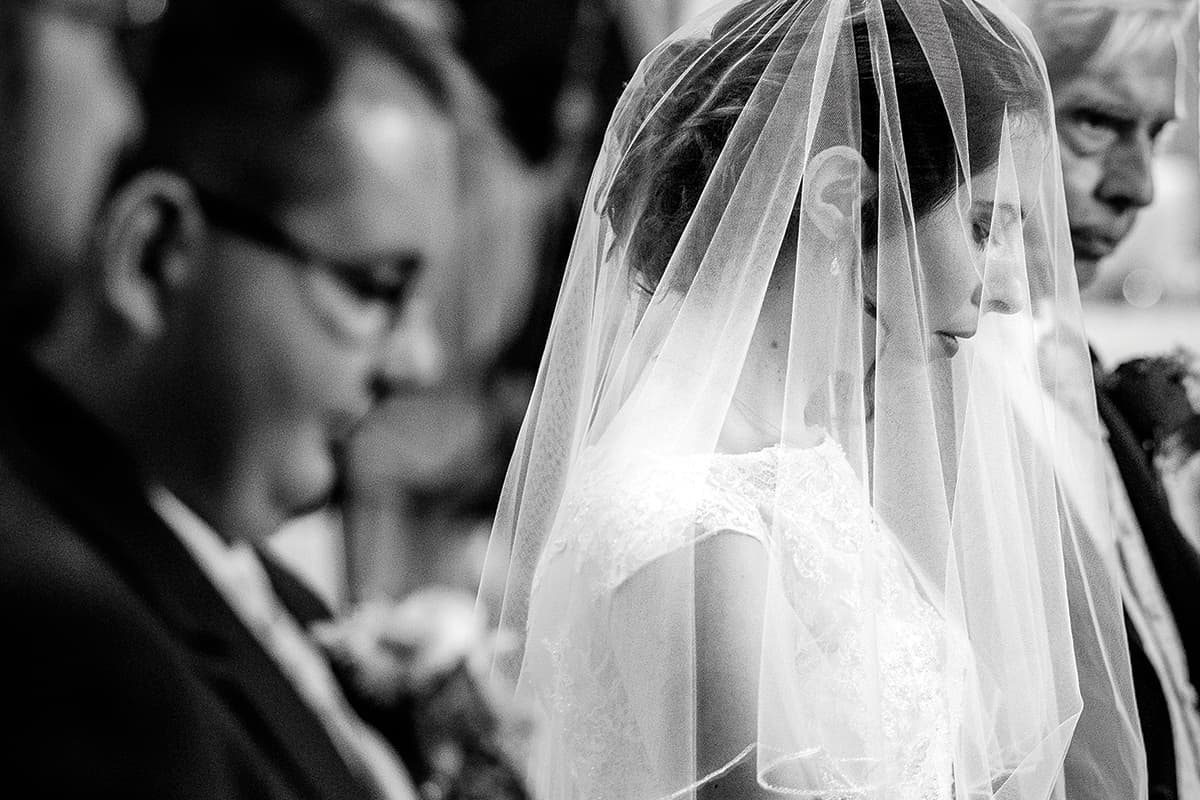
Longer lenses capture ‘moments’ without the photographer intruding
Rob also emphasises the importance of having back-up gear and being honest with the couple before taking on the job. ‘Not everyone can afford full-time pros, so there is definitely room for amateurs,’ he says, but don’t pretend to be a professional when you’re not.’
Rob gets most of his work through word-of-mouth recommendations. He also ensures his website is easy to find via good SEO, rather than advertising on Facebook or in wedding magazines.
How much to charge?
‘There’s nothing wrong with doing a couple of jobs cheaply at the beginning to build your portfolio – that’s what I did,’ Rob suggests. ‘As you get more experienced, don’t give away your work for free as wedding photography isn’t easy, but at the same time be realistic. As an amateur you’re unlikely to be able to justify charging £2,000 a job, as a top professional would.’
Attend a workshop

If you’re thinking of having a go at shooting weddings, Rob urges you to attend a workshop before starting. Here are some options.
Aspire Photography Training runs short beginner courses as well as year-long bespoke courses for amateur photographers. The Society of Wedding and Portrait Photographers (SWPP) regularly runs workshops and courses, and has an annual convention in London. The Royal Photographic Society (RPS) runs wedding photography and portrait workshops, and members get a discount.
About Rob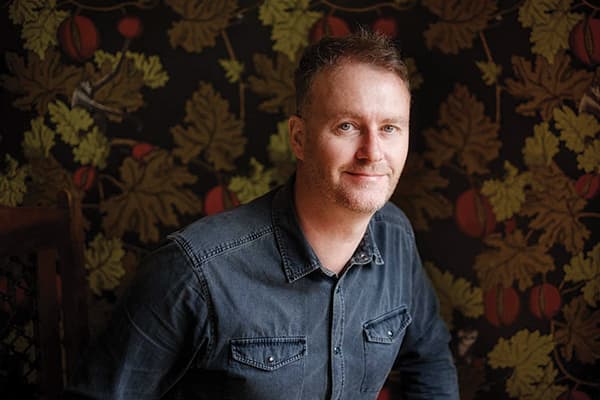
Rob Sanderson has been in the wedding photography business for more than 10 years. He is based in Liverpool, and runs his own workshops via Fujiholics.com. Visit his website at www.robsanderson photography.co.uk
________________________________________________________________________________________________________
Selling to stock libraries

Along with weddings and commercial portraits, selling images for stock is another classic revenue stream for amateurs and professionals alike. As with weddings, the competition is stiff, but if you find a niche and deliver sharp, well-exposed (and composed) images, there’s still good money to be made. Just ask Keith Morris, a freelance stock shooter for Alamy and other libraries. ‘My gross sales with Alamy come to about $336,000, which has paid for my house,’ he reports. Remarkably, most of Keith’s stock images are taken within walking distance of where he lives in Aberystwyth, Ceredigion. ‘I don’t travel and haven’t been abroad since 1987,’ he adds. I’ve only been to England three times in the last decade! So these are all pictures I find when I go walking around Aberystwyth.’
Photographing the weather

Another lucrative subject area is the weather. ‘What sells in news feeds are people suffering bad weather or stuck in floods, says Keith. If it’s a wet stormy day, I’m out there shooting people under umbrellas. People enjoying hot sunny days do well, too.’ While some readers may be put off trying to sell to stock libraries because of the technical criteria, Keith dismisses any suggestion that these are very strict. ‘The file size requirement is quite small, so if you can’t make a 5MB image that is sharp, well exposed and relatively noise-free, then you shouldn’t be in this business.’
Many newbies forget about composition, too. ‘Make sure you leave enough space around the image for text, so don’t compose too tightly,’ he adds. ‘And submit vertical and horizontal options to give customers maximum choice.’
Not your everyday images

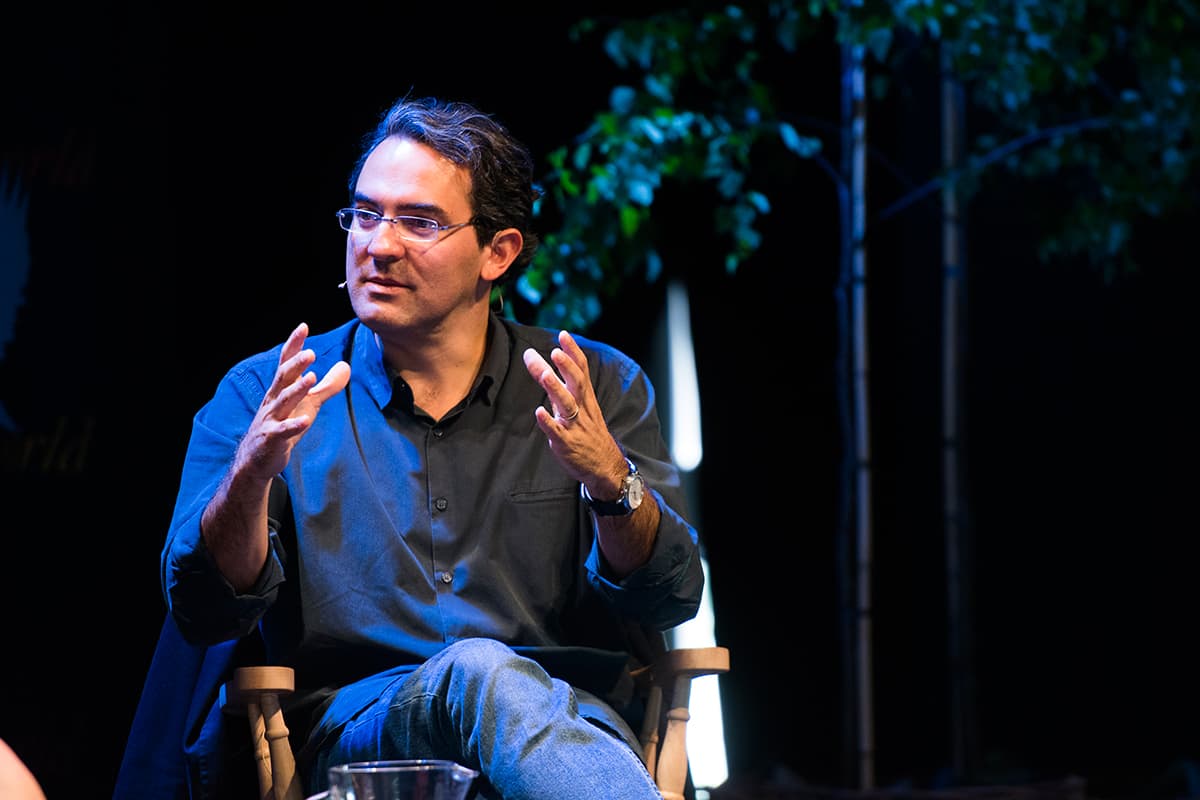
Keith will set up model shoots on location to illustrate those subjects he feels are short of realistic, high-quality stock imagery, such as mental-health abuse and other sensitive topics.
Regarding model-release forms (MRs), Keith explains there’s no need for MRs when you photograph people in ‘public’ spaces or for editorial usage: ‘My basic rule of thumb is: would this person/these people have a reasonable expectation of privacy in the situation/place they are in?’ Keith then marks the images in Alamy’s system as lacking MRs.
‘If a client wants to use them for commercial purposes, then the onus is on them to be satisfied that the usage isn’t problematic,’ adds Keith. Any “posed” photos (in either the studio or on location) will have a model-release form.’
 The word from Shutterstock:
The word from Shutterstock:
Many of Keith’s points are echoed by Keren Sachs, content director at global stock giant Shutterstock.
‘We have over 90 million pictures, and it tends to be the authentic images that perform well – real people doing real things,’ she says. ‘We look for well-composed, well-lit images from photographers with a “point of view” that comes through. ‘There’s also a strong market for images that show real families, capture regional and local flavour, and show people around the world living life. Food images are popular, too, as are our Olympic Games images and people interacting with new technology.
‘Our customers are very diverse: everyone from graphic designers to major advertisers and book publishers. There’s a massive appetite for images in this age of social media, and bigger companies won’t take the risk of grabbing low-res images from Google. The companies realise they have to source and license the images properly. So the stock market is still strong for talented photographers.’
About Keith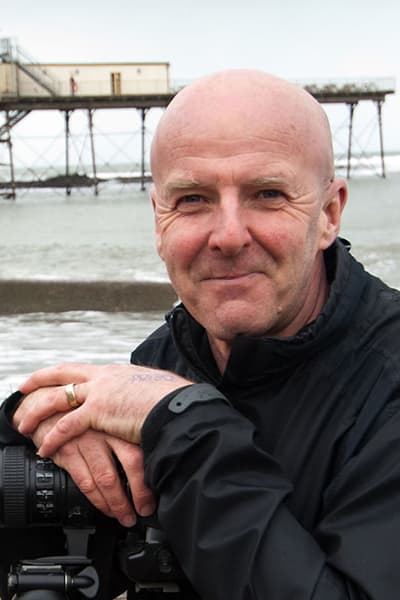
Keith Morris has been a freelance photographer for over 30 years and is a stock photographer for Alamy and other libraries. Visit www.artswebwales.com
________________________________________________________________________________________________________
Family portraits

Lemon Babies, where babies discover citrus fruit is hugely popular
There are a number of professionals, semi-pros and amateurs in the UK selling shots of kids to dewy-eyed parents and relations. So what do you need to know to monetise photography ‘in the family way’?
Neil Bremner is a Somerset-based portrait photographer who has built a thriving business from scratch. ‘I opened my studio in 2013 after planning it all the previous year,’ Neil explains. ‘I’d worked for Venture, a major professional portrait studio, and did a few other jobs before opening in Glastonbury.’
Getting his name out there
Neil reckons his biggest challenge was getting his name out there. ‘My business plan took into account the fact that I was in a rural location, so there’d be less footfall than in a city,’ he says. ‘Social media was a godsend here. I should have been promoting myself on Facebook five or six months before opening.’
Initially, Neil used social media for promotions and taster deals, but customers soon began talking about his work on Facebook and Twitter. ‘Local people began to realise that my style was more like that of a “city” studio, but they didn’t have to travel to Bristol or Bath,’ he adds. Joining a business-networking group was beneficial too: ‘I joined BNI and in the first year, and BNI referrals accounted for 20% of my income.’

Humour has become a unique selling point for Neil in a competitive market
Finding one’s niche
Besides being well versed in portrait techniques, Neil is also clear about finding a unique selling point (USP). ‘After about six months in the business I began exploring composite images as something a bit different from the usual colourful, interactive family portraits,’ he says. I realised that humorous images were popular, and humour kind of became my USP.’
Another breakthrough was ‘Lemon Babies’ – inviting mums and toddlers to the studio and then recording the child’s unwittingly comical reactions to sucking on citrus fruit. ‘I developed this idea after looking back at a video of my eldest eating raspberries,’ he says. ‘It worked well for the target market and it became like an open day in the studio for local mums.’
Even though most of his bookings are for babies and toddler portraits, Neil has successfully diversified into a more ‘fine-art’ approach aimed at older kids. ‘There’s definitely still a market for commercial family portrait photography,’ Neil reflects. ‘If you have a definite style or selling point that puts you a notch above, you can still do well.’
Neil’s tips for family portrait success:
1. ‘Getting your name out there is crucial. It doesn’t matter if your work is 10 times better than the person down the road – if they’re better known, they’ll get the business.’ It is also important to start promoting your business early – months before opening your studio or taking up new projects.
2. ‘Networking is really important so other businesses get to know you and spread the word. They usually have families who may want a photographer, too.’ Neil joined BNI, but there are other national groups, and local chambers of commerce may sometimes organise free networking events.
3. ‘Social media is incredibly important in this market, but be funny and humorous – people are turned off by heavy selling. And try different market approaches – advertising and mail drops didn’t work for me, but experiment. Just don’t chuck too much money away at one thing.’
About Neil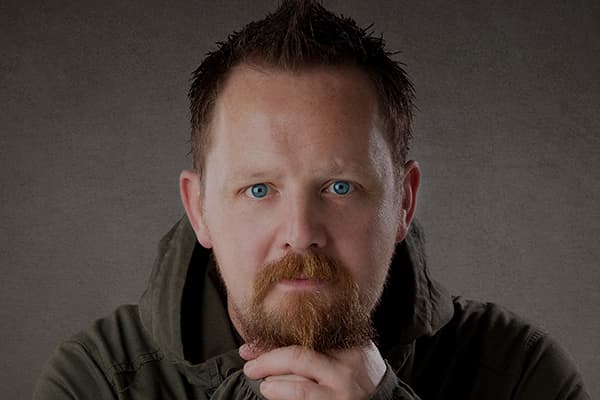
Neil Bremner is a portrait photographer based in Somerset. He opened his studio in 2013. Visit madeportraits.com
________________________________________________________________________________________________________
Selling images to the press
Selling documentary images to newspapers and magazines is a well-established income stream. But how feasible is it in 2016? Local papers are closing at an alarming rate and the nationals have pole-axed their image-payment rates.
It’s not all gloom and doom, though. Andrew Fusek Peters has an enviable track record for appearing in the national press, and shares some of his insights.

Images of the night sky as well as astronomical events are popular
How lucrative is it?
‘Although it’s good to sell mainstream images to national papers, the rate is about £40-£60 per image so you’d struggle to make a living from it,’ he observes. ‘So selling images is perhaps better seen as a sideline occupation at the moment, rather than a full-time career option. In terms of selling images, what seems to work are pictures that tell a story – they don’t necessarily need to be technically perfect. My image of a Chinese chef with dragon-shaped flames is a good example. Humorous images work too. For example, my image of a red kite feeding station, with a crow chasing a red kite, told a story and the Metro loved it.’
Look for the quirky
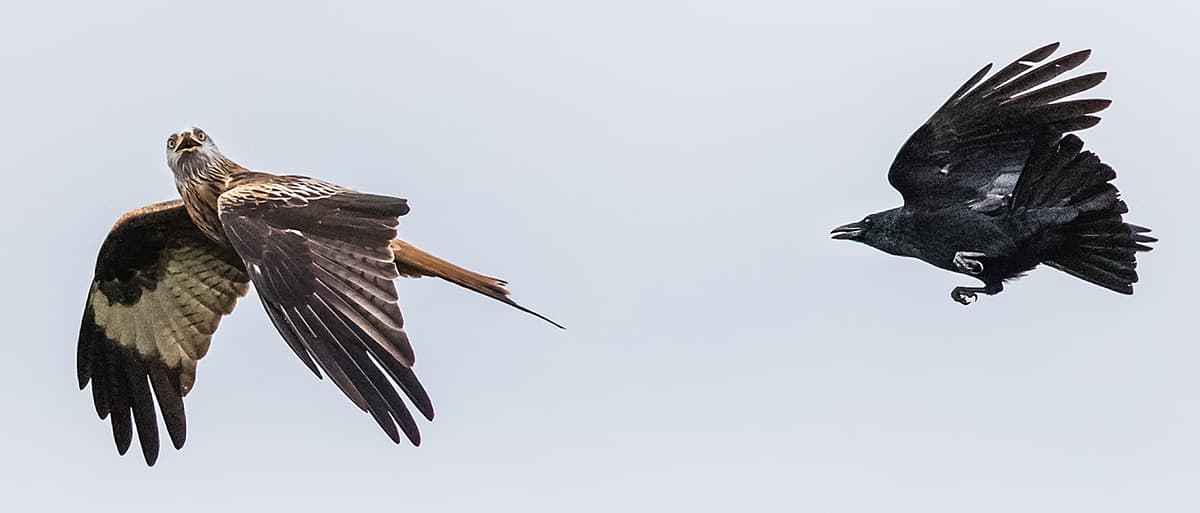

You’re unlikely to sell a wildlife shot alone to the papers unless there’s a story behind it, or it’s quirky
Andrew sells a lot of images via the Mercury agency, and reckons agencies will look for quirky images as they tend to get picked up by busy picture editors in the press. However, it’s not a job for the sensitive or thin-skinned. ‘You also have to learn not to take rejection personally,’ he says. ‘I took an image of the reflection of the Milky Way in a pool, which in most circumstances I think would have been widely picked up. Unfortunately it came out on the same day as the Chilcot Report, and the newspapers were only interested in this story.’
Despite the tough market conditions for a freelance press photographer, Andrew is far from giving up. ‘I only picked up a camera three years ago – it’s like a real drug,’ he says. ‘And who knows? National Geographic might see my images in the paper one day and give me a call!’
Don’t forget the photo press
1. ‘A good way to make contacts in the photo press is to attend large shows such as The Photography Show. Take an iPad or tablet as it’s a quick and effective way to show your best images. And then, don’t be afraid to grab some of the key staff on the stands.’
2. ‘You may not get paid very much, if at all, for appearing in some photo magazines, but it’s useful publicity for raising your profile in the industry. Editors on magazines that might actually pay, are more likely to contact you after seeing your work in print, so get your pictures and your name out there.’
About Andrew
Andrew Fusek Peters is an author-turned-photographer based in Shropshire. A number of his images have appeared in the national press. Visit www.andrewfusekpeters.com
________________________________________________________________________________________________________
Selling to galleries
Exhibiting is a good way to get your work known, but you need to choose the venues carefully. Try to find a specialist photography gallery, such as The Brighton Gallery in East Sussex, which is a successful venue on the town’s seafront.
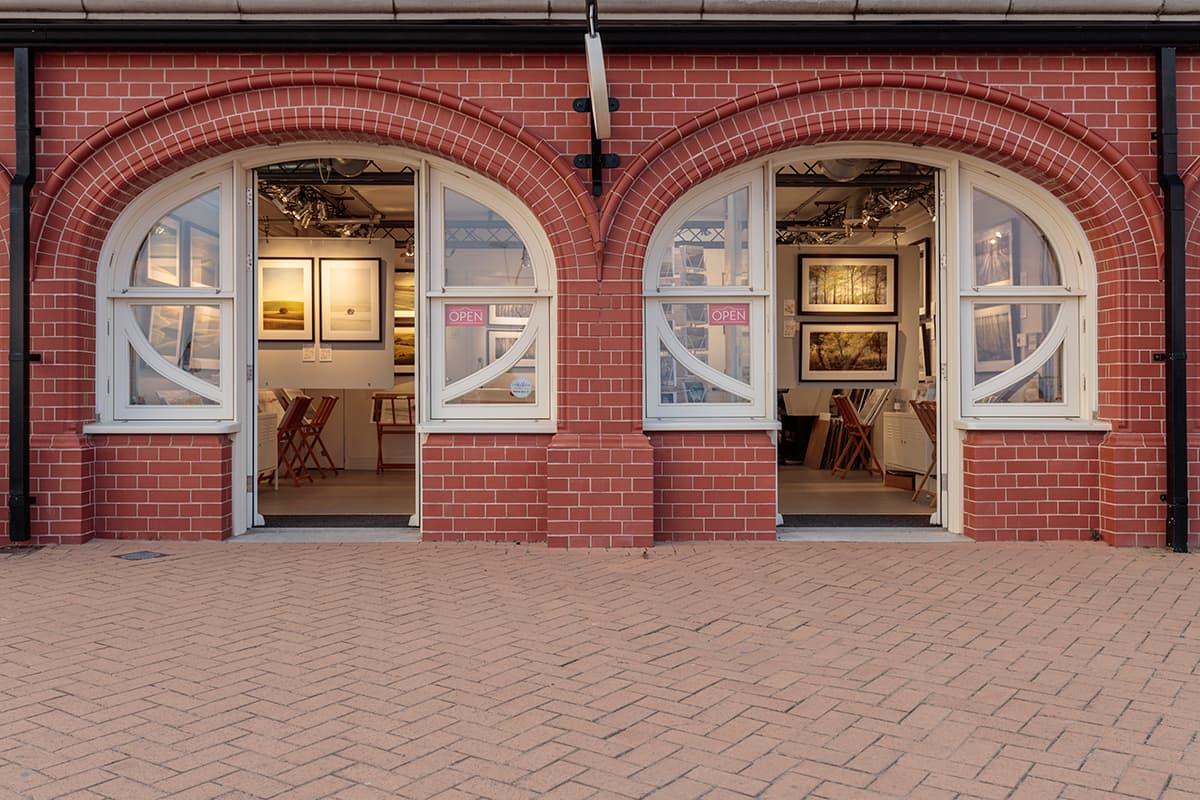
Check out your local galleries, then carefully check the print sales terms and conditions
‘I get quite a few photographers coming into the gallery asking if we would be interested in showing their work,’ says the gallery’s owner and founder, Finn Hopson. ‘Generally, we tend to pick photographs that are a bit different than the norm – for instance, Brighton Pier has been shot to death, so it needs to be a particularly interesting or unusual image of the pier for it to stand out.’
Think about costs
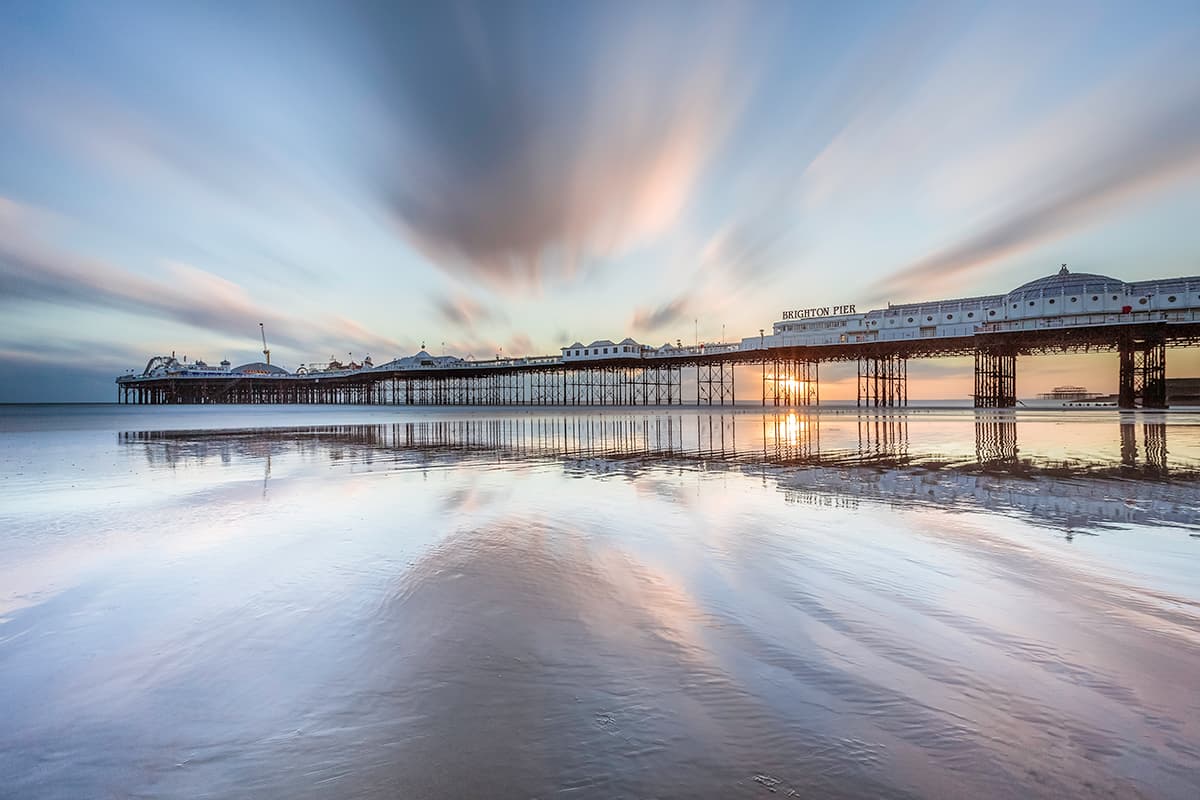
Eye-catching long-exposure images – ones hard to take on a smartphone – tend to sell well
Before agreeing to work with a gallery or exhibit in a local venue, think carefully about your costs. The Brighton Gallery licenses the image, and takes care of printing, framing and mounting. If the picture sells, the photographer is paid by the gallery. ‘This works well as we can print and frame their work to match the style of other prints,’ adds Finn. ‘We get a good deal from framers so I am confident I can do it more cheaply than the photographer. So hopefully it’s less of a risk for photographers, as they don’t have to spend a lot of money printing and framing images that don’t sell; it’s also lower risk for us, because if the image doesn’t sell I can re-use the frame or mount.’
Never underestimate the cost of printing and framing.
Picking the right images

Gallery regular Alex Bamford shoots by moonlight, which is a strong selling point
It’s also vital to select those images for display that are going to print well. ‘Be paranoid about issues that will show up on a print, such as oversharpening haloes and insufficient resolution,’ adds Finn. ‘You don’t have to take physical prints to show the gallery when you are negotiating, but you need to be confident that they will look good framed. Think about the size you are printing and framing, too. Very large prints will appeal to a smaller market than, say, an A4.’
Research how much other photographs are selling for (or not selling for) in local galleries. Be realistic about how much you can charge if you are relatively unknown. Finn hasn’t noticed that people will pay more for black & white prints, either, which squashes an old photography myth.
Finn’s tips for promoting your own exhibition
1. Promote the show strongly on social media, but try to find an angle or quirky story rather than go for a hard sell.
2. Distribute a press release for the local newspaper or radio station, as well as photography magazines and websites. These are always after content for their events pages or segments.
3. Produce flyers for people to take away with them when you meet them; this is a great way to promote your online sales or any courses or workshops you run.
About Finn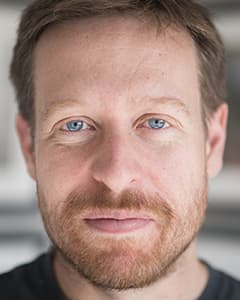
Finn Hopson is a landscape photographer from Brighton. In 2014 he opened the Brighton Photography Gallery. Visit www.finnhopson.com
________________________________________________________________________________________________________
Running courses and workshops
Last but not least, many experienced photographers in highly competitive genres such as landscape and travel photography, run courses and workshops as a way of supplementing their income. Light and Land is the biggest photography workshop and course provider in the UK, and seasoned tutor Phil Malpas shares some insights to help photographers thinking of trying their hand at teaching.
‘You do get different levels [of photographers], so you have to be careful that everyone gets an equal bite of the cherry, not just the beginners,’ he says. ‘When teaching an experienced photographer, it’s often more about the subtleties of opinion, so it’s a different discussion. We also encourage clients to talk to each other; little groups within the group appear and people make friends.’

Students have a right to be demanding, so don’t try and work on your own projects, too
Being different
Running courses and workshops is a crowded market, but Phil reckons there is still space for new entrants so long as they offer something different. ‘There are hundreds of Lake District tours, for example, and Light and Land is at the more expensive end, so we have to make sure ours is the best,’ he adds. ‘We do hear horror stories of photographers who need to earn some money, organise a workshop and then leave the students stranded while they go off to shoot their own projects!’
Be ready to work hard
Phil points out that running workshops can be very intense and tiring work, as it’s such a big responsibility. ‘We may not be the most famous photographers on the planet, but we will put every ounce of effort into ensuring the students have a good time – if they do, they will often come again,’ he says.
‘You sometimes get difficult people signing up, but they’re in the minority. Everyone has paid the same amount of money and we treat everyone equally. As a tour leader I feel I have the right to refuse to travel with a difficult person again, as he or she will upset everyone else.’
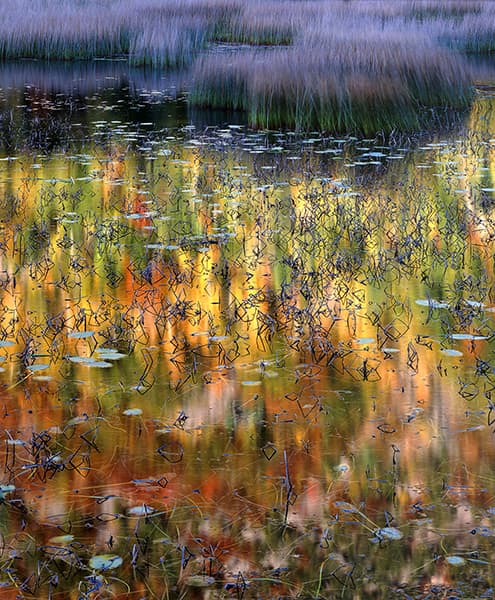
You also need to be able to teach unusual and creative approaches
Phil’s tips for success with workshops
1. ‘On our workshops, we adopt the approach that we will take some pictures and will use our cameras to demonstrate ideas, approaches and techniques, but we are always available to help when required. On arrival at each location we describe the photographic opportunities that are available. We set a time limit that ensures nobody feels rushed or is left “hanging about”’
2. ‘Intimate knowledge of a location is vital. We believe clients are paying a premium to travel with us, so try to arrange some special events as well. For many people a photography workshop is also a holiday, so all the non-photographic components must be well planned and researched. You must ensure that everyone is properly insured, and plan for the worst.’
3. ‘Once the tour is over, stay in touch with clients and encourage them to share their images. It can help with re-bookings or attract new business.’
About Phil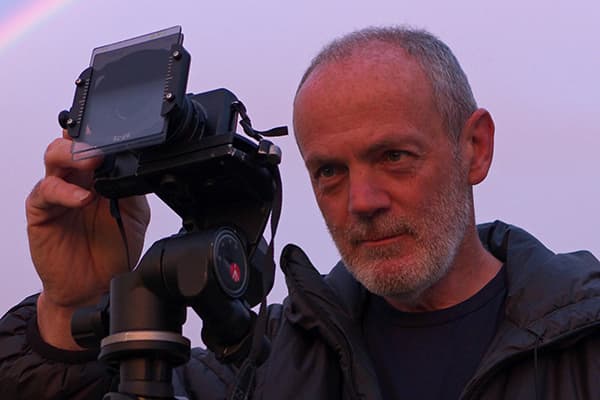
Phil Malpas is a freelance photographer, educator and writer living in Swindon, Wiltshire. Since joining Light and Land in 2002, Phil has become one of their most prolific and well-established tour leaders. Visit www.philmalpas.com







